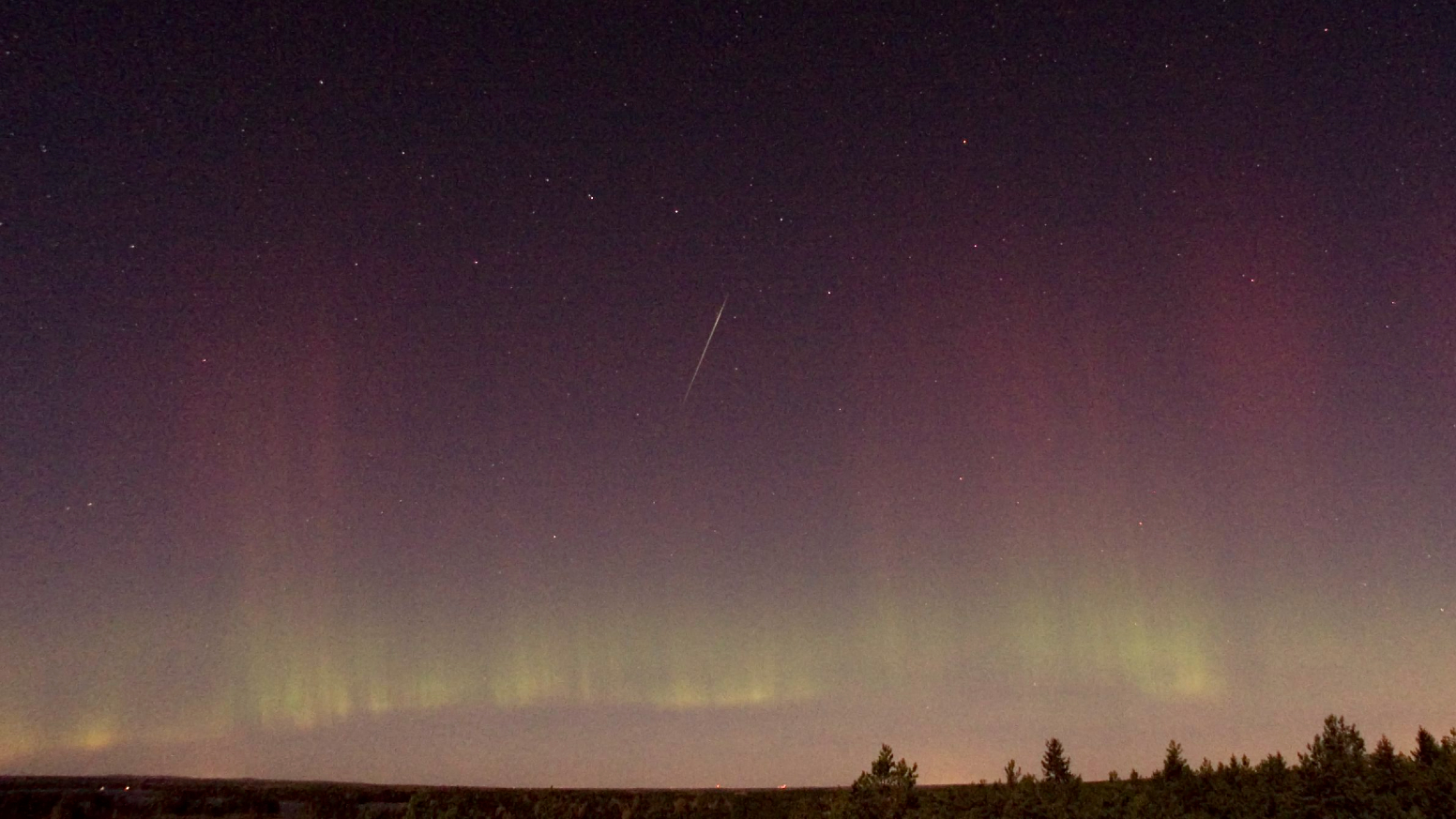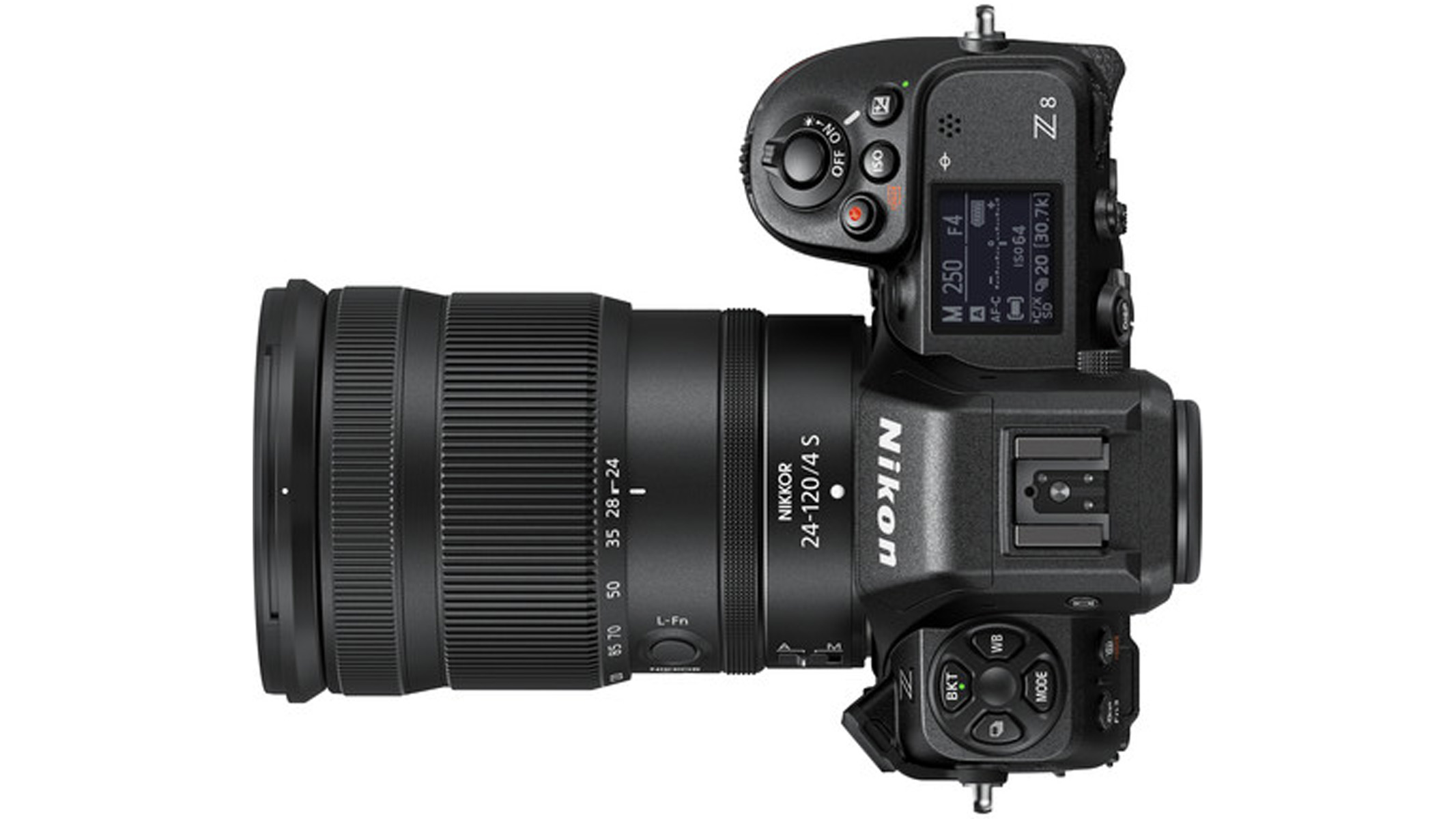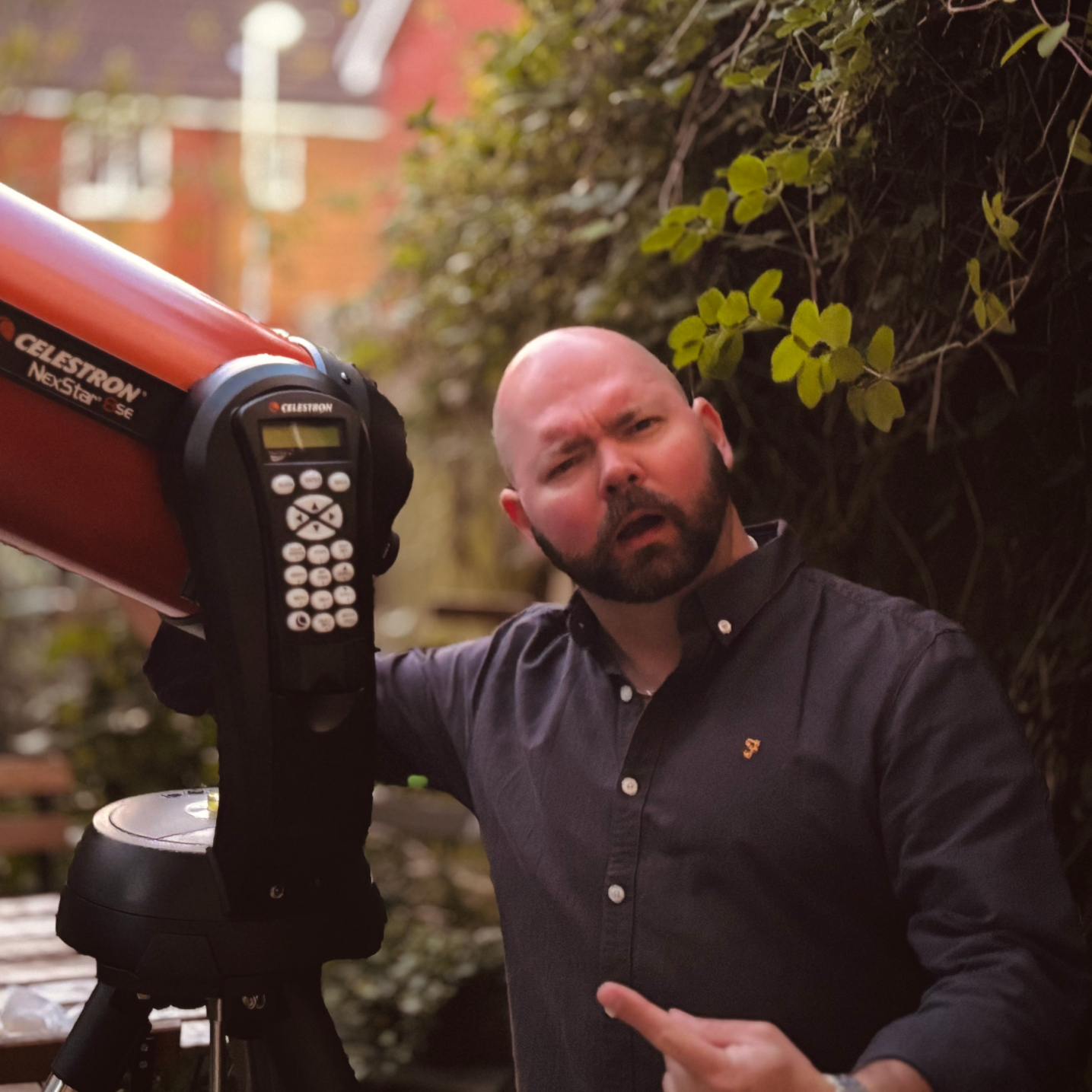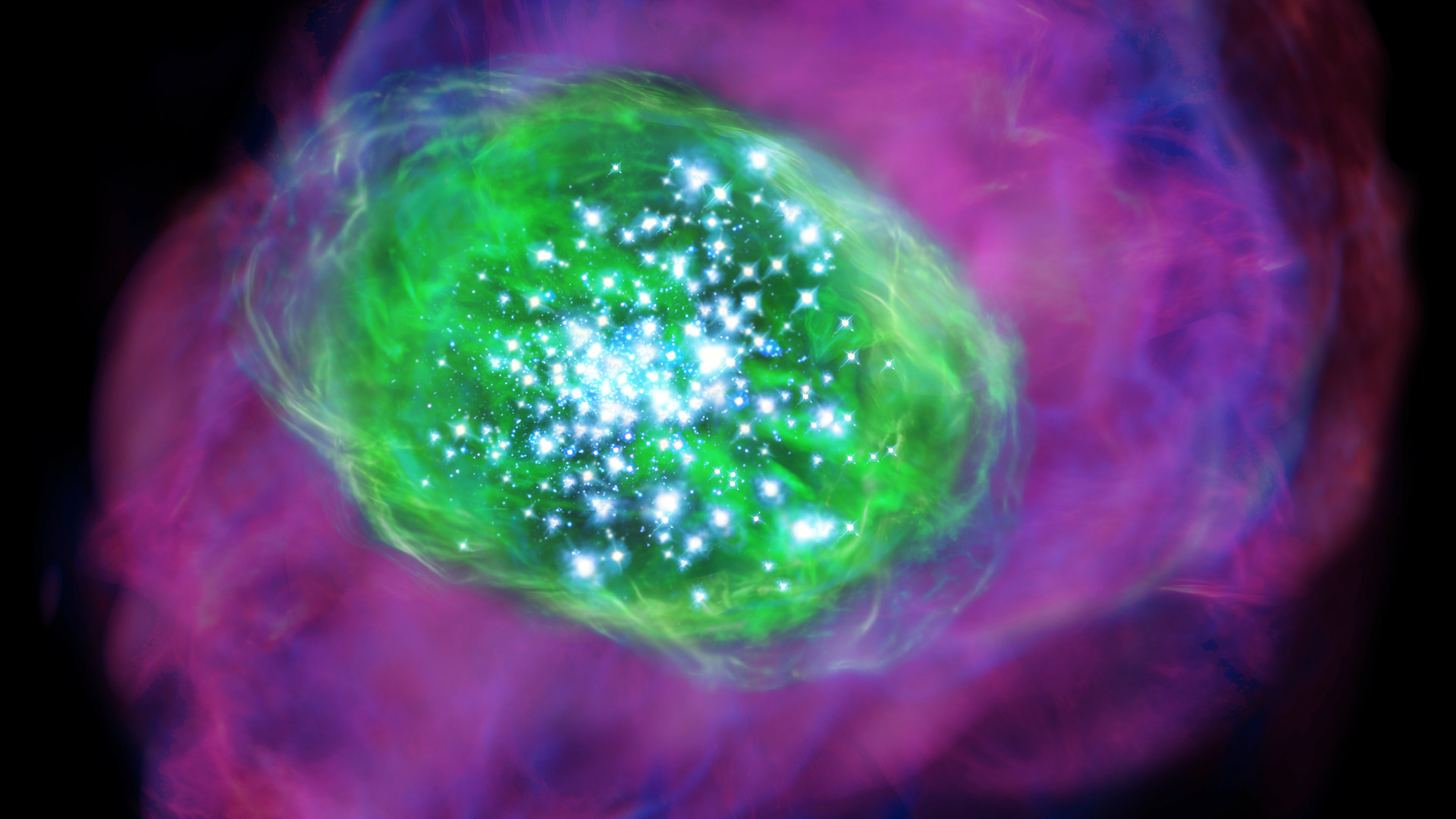The Draconid meteor shower peaks tonight: Here's what to expect
The Draconid meteor shower peaks on Oct. 8, as a waning gibbous moon graces the night sky.

The Draconid meteor shower peaks tonight, heralding a spectacular natural light show as a flurry of meteors streak through the moonlit October skies.
Draconid meteors can be seen each year as Earth barrels through the trail of debris left behind by comet 21P/Giacobini-Zinner. The shower is active during a relatively brief window from Oct. 6 to Oct. 10 and comes to a peak as our planet passes through the densest section of the debris trail at 3 p.m. EDT (1900 GMT) on Oct. 8.
Around this time, up to 10 shooting stars could be visible under ideal circumstances each hour, as ancient fragments of comet 21P/Giacobini-Zinner collide with Earth's atmosphere, burning up in a fiery display that we liken to "shooting stars". However, the light of a 93%-lit waning gibbous moon two days past its full moon phase will saturate the sky with reflected sunlight, making it harder to see fainter members of the annual shower.

If you're looking for a great camera to photograph meteors, we recommend the Sony A7R IV, which we've named the best mirrorless camera in our guide to the best cameras for astrophotography.
Draconid meteors appear to streak away from a point of origin — or radiant — located close to the head of the great dragon represented by the constellation Draco, which can be found glittering above the Big Dipper asterism in the northwestern sky after sunset in mid-October.
The best time to hunt for Draconoids is at sunset on Oct. 8, when the shower's radiant will be at its highest in the night sky. You can maximize your chances of catching meteors with the longest tails by staring into a patch of sky some 40 degrees above the radiant. Remember: the width of your clenched fist accounts for roughly 10 degrees in the sky when held at arm's length!
Hoping to snap a shot of a fast moving Draconid? Then be sure to read our guide detailing the camera settings and best practices to help you photograph shooting stars.
Editor's Note: If you capture an image of a meteor or fireball and want to share it with Space.com's readers, then please send your photo(s), comments, and your name and location to spacephotos@space.com.
Breaking space news, the latest updates on rocket launches, skywatching events and more!

Anthony Wood joined Space.com in April 2025 after contributing articles to outlets including IGN, New Atlas and Gizmodo. He has a passion for the night sky, science, Hideo Kojima, and human space exploration, and can’t wait for the day when astronauts once again set foot on the moon.
You must confirm your public display name before commenting
Please logout and then login again, you will then be prompted to enter your display name.
